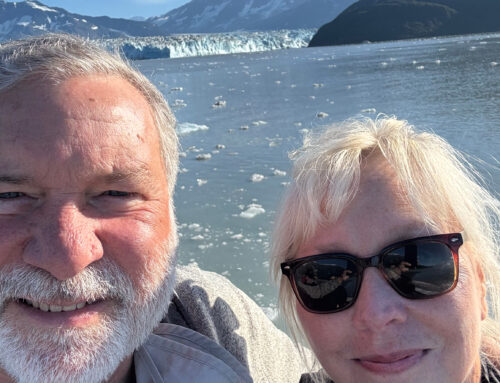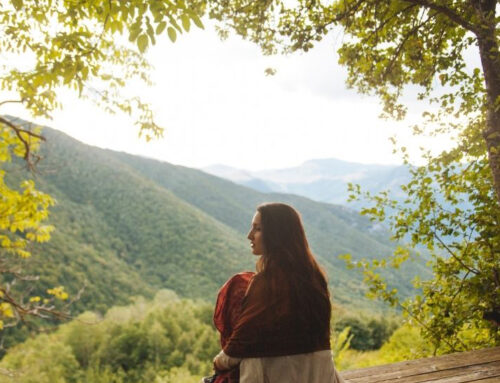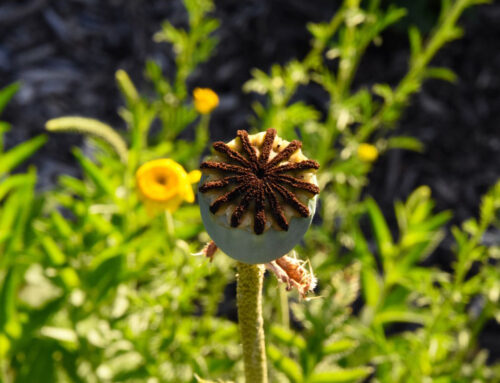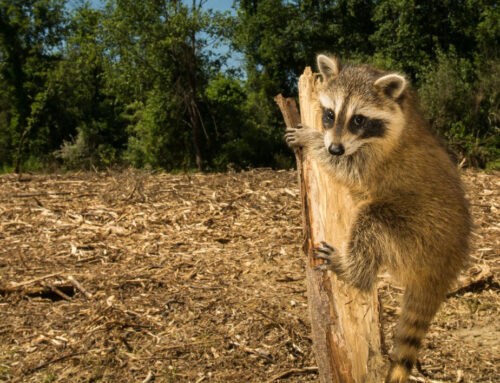Here Are a Few Fun Facts About Snow
No two snowflakes are the same: While it’s often said that every snowflake is unique, that’s technically true—though there are exceptions. The exact conditions under which snowflakes form make it highly unlikely that two will be identical.
A Quiet Place: Fresh snow absorbs sound, making everything feel quieter. This is because the snowflakes trap air, which dampens noise.
Snow is a great insulator: Snow might seem cold, but it actually insulates and protects the ground beneath it, keeping the earth warmer. The layers of snow trap heat and keep temperatures below from dropping too quickly.
The snowiest place on Earth: The town of Aomori in Japan holds the record for the most snowfall. It can receive over 300 inches of snow annually.
Watermelon snow exists: While snow is usually seen as white, it can sometimes appear in different colors. For example, watermelon colored snow exists due to Chlamydonas nivalis, a species of green algae that contains red carotenoid pigments and thrives in cold weather and freezing water.
A single snowflake is made of about 10,000 ice crystals: When a snowflake forms, it starts as a tiny ice crystal. As it grows, it gathers more ice crystals, which form the branches of the snowflake.
The heaviest snowflake on record: The largest snowflake ever recorded fell in Montana in 1887 and was 15 inches wide and 8 inches thick!
Snow can float on water: Despite being made of ice, snowflakes have air trapped inside them, which makes them less dense than water. This is why fresh snow can float on water for a while before sinking.
The word “blizzard” is an old term: The word “blizzard” was first used in the 1870s in the United States to describe a strong snowstorm with high winds. It’s believed that the term originated from the idea of a “blazing” snowstorm, with wind being so strong it felt like a punch.
Antarctica is a desert: Despite being covered in ice and snow, Antarctica is technically a desert because it receives very little precipitation, often less than the Sahara.
The largest snowball fight: The world record for the largest snowball fight was set in 2013 in Canada. Over 2,700 people participated in the massive snowball fight in Vancouver, breaking the previous record.
Snow can have its own smell: Freshly fallen snow can have a distinct smell, often described as clean or fresh. The scent comes from ozone, which is created when lightning strikes or when ultraviolet rays from the sun interact with the atmosphere. Snow also traps natural scents from the environment.
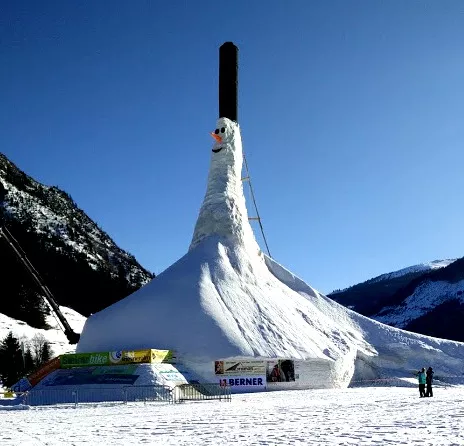
Riesi’s Snowman
Courtesy of https://kamila.at/winter/
Snow can make a “crunch” sound: When snow is compacted, like when you walk on it, it can make a crunchy sound. This happens because the ice crystals break and rub against each other.
Thundersnow: Thunderstorms can occur during a snowfall, creating an effect called “thundersnow.” Thundersnow is a relatively rare event. It is estimated that only 0.07% of all snowstorms are accompanied by thunder and lightning. Thunder snowstorms can produce as much as 4 inches of snow in an hour.
Frosty the Giant: Residents of Donnersbachwald, Austria currently hold the record for making the world’s tallest snowman. In February 2020, they built a snowman that was 125 feet high. They named him “Riesi,” meaning “giant” in English.
For more fun facts and trivia about snow, check out my reels on Instagram and Facebook.
Have a great day.


